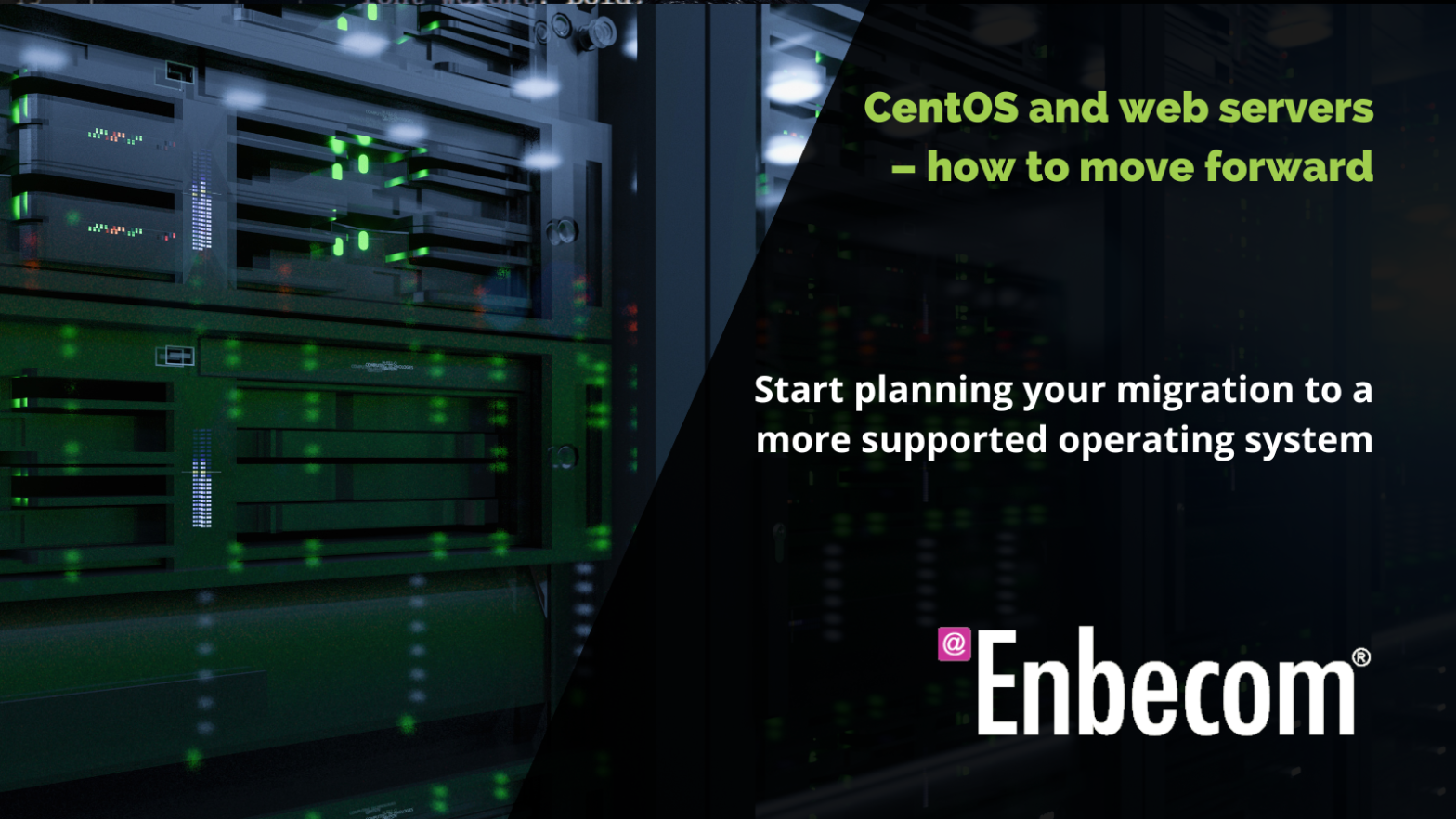If you’re in the IT/web industry, if you run your own web servers or if you simply prefer Linux as an operating system, you might have heard about the impending “end-of-life” of the CentOS 7 flavour of Linux alongside a complete change in the CentOS project. Here’s some details on what’s happening and how to move to a supported operating system.
Background on the CentOS Project
CentOS is a free and open-source Linux distribution based on Red Hat Enterprise Linux (RHEL). It was created in 2004 by the CentOS Project, a community-driven project that aims to provide a free and reliable alternative to RHEL. CentOS is widely used by businesses and organizations of all sizes, and it is estimated that it has at times been powering over 30% of all web servers worldwide.
End-of-Life for CentOS 7
CentOS 7 was released in 2014, and it will reach its end-of-life on June 30, 2024. This means that after that date, CentOS 7 will no longer receive security updates or bug fixes downstream from Red Hat. This is a major concern for businesses and organisations that use CentOS 7, as it leaves them vulnerable to security vulnerabilities and other issues.
How to Migrate to AlmaLinux 8
There are a few different ways to migrate from CentOS 7 to a more supported operating system. One option is to upgrade to CentOS Stream, which is a rolling-release distribution that is based on the next version of RHEL. However, this option may not be suitable for all businesses and organizations, as it can be more difficult to manage and maintain. Many software vendors, such as cPanel, recommend moving away from CentOS altogether and, in fact, will not allow their software to be installed or upgraded on those systems beyond a certain date.
Another option is to migrate to a different distribution, such as AlmaLinux 8. AlmaLinux is a community-driven project that was created in response to the announcement that CentOS 7 would be discontinued. AlmaLinux is a drop-in replacement for CentOS 7, which means that it can be installed and configured in the same way. AlmaLinux is also fully supported by Red Hat, which means that it will receive security updates and bug fixes for the foreseeable future.
How to Choose a Migration Path
The best way to choose a migration path is to consider your specific needs and requirements. If you are looking for a simple and easy migration, then upgrading to CentOS Stream may be a good option if all the software you need is going to be supported on it. However, if you are looking for a more supported and secure distribution, then migrating to AlmaLinux 8 may be a better option.
Advantages and Disadvantages of In-Place Upgrade vs. Backup and Restore
There are two main ways to migrate from CentOS 7 to AlmaLinux 8: in-place upgrade and backup and restore.
In-place upgrade is the process of upgrading CentOS 7 to AlmaLinux 8 without making any changes to the underlying hardware or software. This is the simplest and easiest way to migrate, but it can be risky. If something goes wrong during the upgrade process, you could lose data or damage your system. Always take a full, reliable backup of everything on your server before attempting anything like this.
Backup and restore is the process of backing up your CentOS 7 system and then restoring it to AlmaLinux 8. This is a more complex process, but it is also more secure. If something goes wrong during the restore process, you can always restore your original CentOS 7 system.
Recommendations
The best way to migrate from CentOS 7 to AlmaLinux 8 is to use a backup and restore process. This will ensure that you can always restore your original CentOS 7 system if something goes wrong during the migration process.
If you do not have the time or resources to perform a backup and restore migration, then you can use an in-place upgrade. However, it is important to be aware of the risks involved in this type of migration.
Summing this up
The end-of-life for CentOS 7 is a major event for businesses and Linux fans alike that use this distribution. It is important to start planning your migration to a more supported operating system as soon as possible. AlmaLinux 8 is a good option for businesses and organizations that are looking for a drop-in replacement for CentOS 7.
Our Enbeservers VPS range supports a wide range of operating systems including AlmaLinux, plus we’re proactive with keeping an eye on big changes like this. Order your next Linux VPS with Enbecom.

